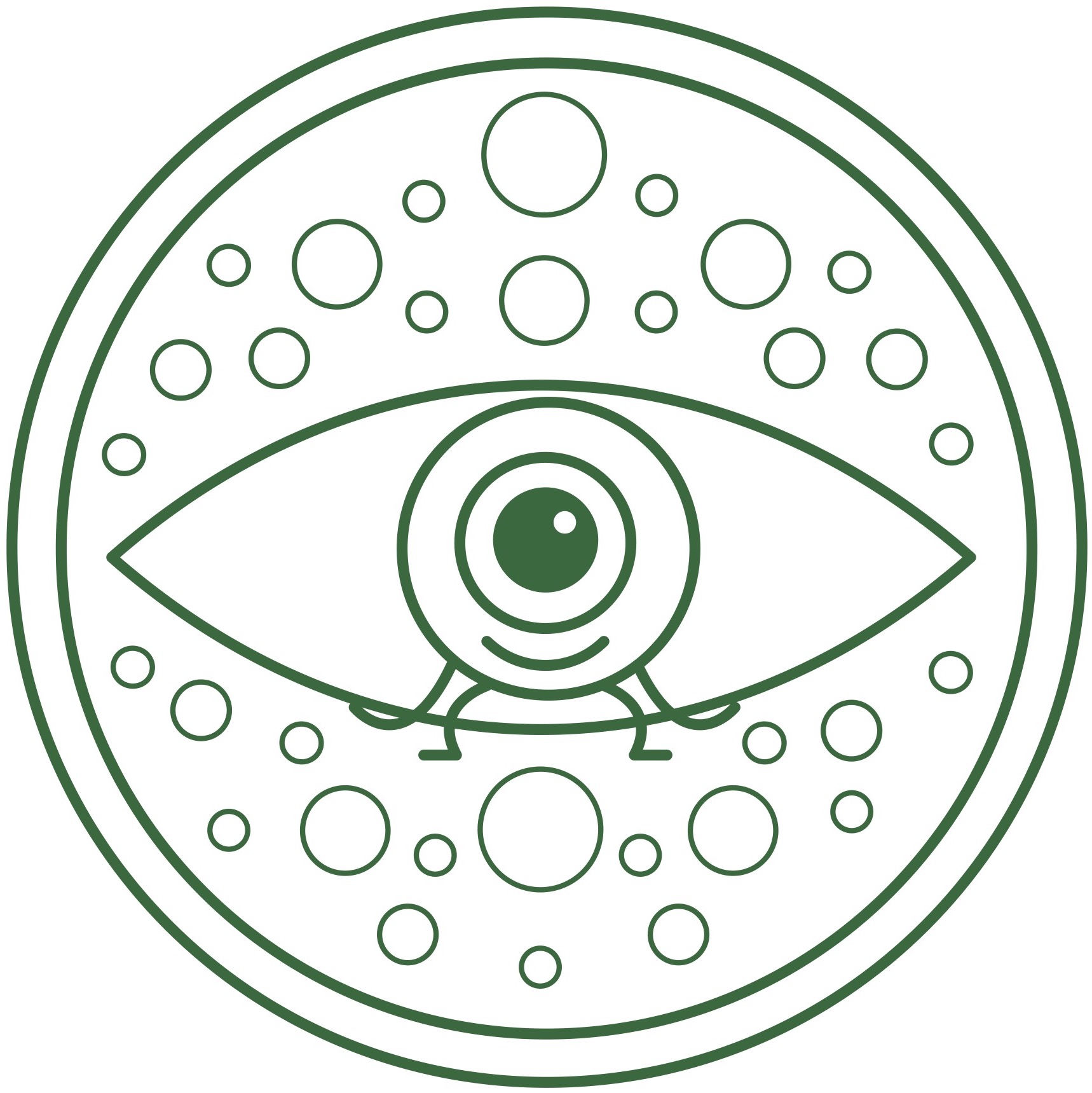PROJECT 15
Cortical plasticity in advanced glaucoma with 7T fMRI
POSITION FILLED
Why?
Glaucoma is a neurodegenerative disease of the optic nerve and the most common cause of irreversible blindness. Current research activities aim at restoring retinal ganglion-cell function in advanced glaucoma. The project aims at understanding the remaining functionality of the deafferented visual cortex in glaucoma in order to pave the way for successful future restorative therapies of visual function and rehabilitation strategies.
How?
Ultra-high field laminar functional magnetic resonance imaging (fMRI) at 7 Tesla magnetic field strength will be used to uncover the feedback (top-down) and input (bottom-up) cortical circuitry underlying the behavioral observation that the deafferented visual cortex in advanced glaucoma is silent during passive viewing yet active during visual tasks. We expect that these insights into the adaptations of the deafferented cortex in advanced glaucoma will aid future rehabilitation and therapy approaches.
What can you expect?
Embedded in a vibrant research environment, the candidate will gain extensive experience and expert insight into (i) clinical ophthalmic assessment including perimetry and OCT, (ii) glaucoma care and will (iii) pursue cutting-edge approaches of cortical fMRI at 3 and 7 Tesla in order to (iv) contribute to the innovation of glaucoma research and treatment. As part of an enthusiastic interdisciplinary research team you will benefit from the wide academic exchange in national and international scientific networks, including secondments to academic and industry partners in the Netherlands and Germany.
Where?
The candidate will be located at (1) the Section for Clinical and Experimental Sensory Physiology of the Department of Ophthalmology of the Otto-von-Guericke University Magdeburg, Germany (PI: Hoffmann) known for its large, active neuroscience community and (2) in the Laboratory of Experimental Ophthalmology of the University Medical Center Groningen (UMCG) of the University of Groningen, The Netherlands (PI: Cornelissen). Both sites have a strong focus on glaucoma, the investigation of structure and function in eye diseases, including fMRI at 3 and 7 Tesla.
Who are we looking for?
You are exceptionally motivated to pursue a career in neuroscience and have a great interest in clinical and basic vision science. Strong programming skills (e.g. Python, PsychoPy, R, MatLab) and experience with quantitative neuroscience are essential requirements. Experience in systematic data-acquisition and brain-imaging is a plus. Candidates with a background in vision science, neuroscience, neuroimaging, experimental psychology, ophthalmology, biology, physiology, physics, or related fields will be considered.
References
- Prabhakaran G, Al-Nosairy K, Tempelmann C, Wagner M, Thieme H, Hoffmann MB (2021). Mapping visual field defects with fMRI – impact of approach and experimental conditions. Frontiers in Neuroscience:15:745886
- Prabhakaran G, Al-Nosairy K, Tempelmann C, Wagner M, Thieme H, Hoffmann MB (2021). Functional dynamics of de-afferented early visual cortex in glaucoma. Frontiers in Neuroscience 15:653632
- Carvalho J, Invernizzi A, Ahmadi K, Hoffmann MB, Renken RJ, Cornelissen FW (2020). Micro-probing enables fine-grained mapping of neuronal populations using fMRI. Neuroimage 209:116423
- Ahmadi K, Fracasso A, Puzniak RJ, Gouws A, Yakupov R, Speck O, Kaufmann J, Pestilli F, Dumoulin SO, Morland AB, Hoffmann MB (2020). Triple visual hemifield maps in a case of optic chiasm hypoplasia. Neuroimage 215:116822 @bioRixiv
POSITION FILLED
